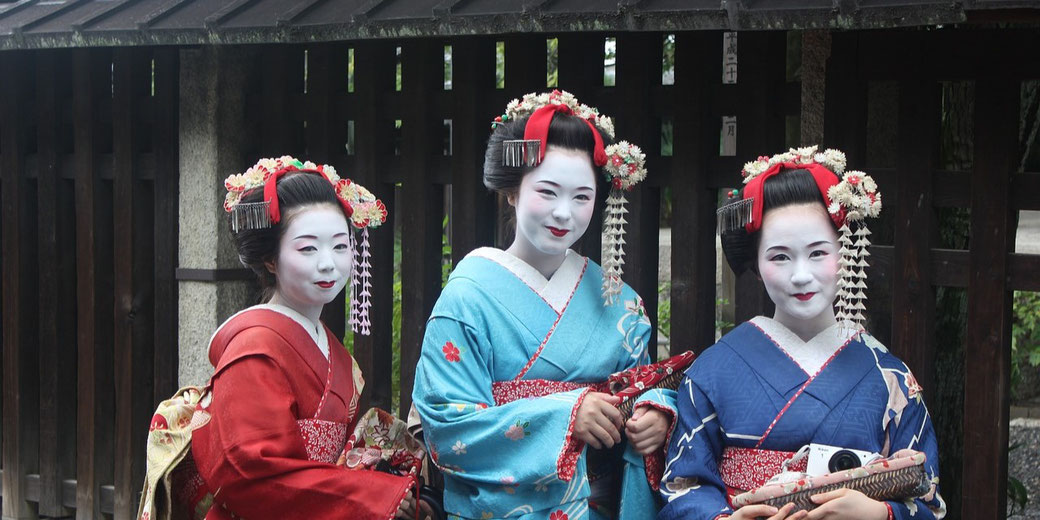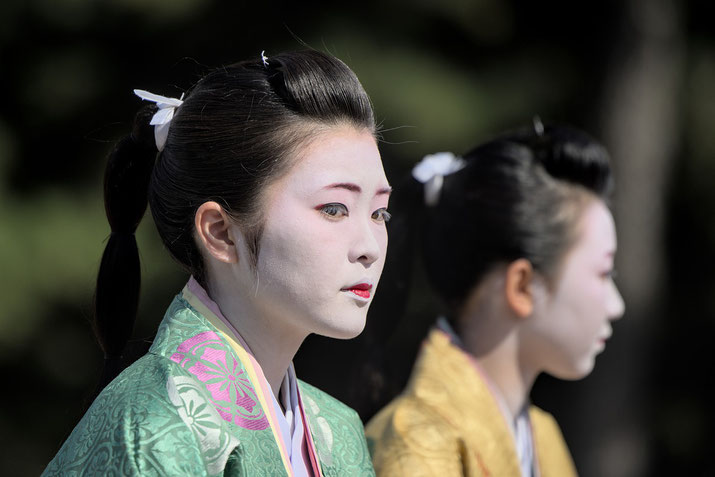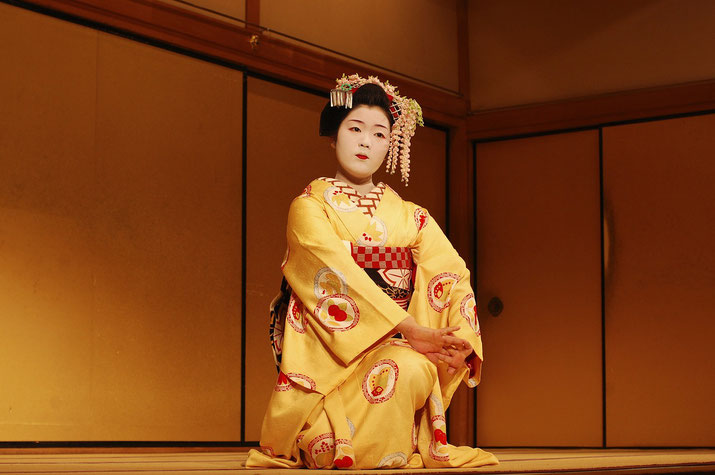The power and beauty of the Japanese Geisha

For centuries, Geishas have been a fascinating and enigmatic part of Japanese culture.
These skilled entertainers have captivated audiences with their beauty, grace, and talent, and have become an enduring symbol of Japan's rich cultural heritage.
From their elaborate makeup and traditional clothing to their mastery of music, dance, and conversation, Geishas represent the pinnacle of Japanese artistry and craftsmanship.
Who were the Geisha?
The Geisha, also known as Geiko, are female entertainers who have been an integral part of Japanese culture for centuries.
The history of the Geisha dates back to the 18th century, during the Edo period in Japan.
The word Geisha means "person of the arts" or "artist," and these women were trained in various traditional Japanese arts such as music, dance, and poetry.
Geishas were not prostitutes, as is often mistakenly assumed in the Western world.
Rather, they were skilled entertainers who were hired to provide company and entertainment for wealthy and influential clients.
How did a young girl become a Geisha?
Geishas were initially trained by their mothers, who were often former Geishas themselves.
Traditionally, a young girl would begin her training to become a Geisha between the ages of 9 and 12 years old.
The training was known as "shikomi," and it typically lasted for about 5 years.
During this time, the young girl would live and work in an okiya, which was a type of boarding house for Geishas.
The shikomi period was a time of intense training and discipline. The young girl would learn traditional arts such as dance, music, and tea ceremony, as well as proper etiquette and manners.
She would also assist the senior Geishas in the okiya with various tasks such as cleaning and cooking.
After completing the shikomi period, the young girl would enter a period of apprenticeship known as "minarai."
During this time, which lasted for another year or two, the young Geisha would continue her training and begin to attend social events with her senior Geisha mentors.
She would observe and learn from them as they entertained clients, and gradually begin to take on her own clients and performances.
Once the minarai period was complete, the young Geisha would officially become a Geisha herself.
From this point on, she would continue to hone her craft and build her reputation, with the goal of becoming a highly sought-after and respected entertainer.

The sophisticated clothing of the Geisha
Geishas are known for their elegant and distinctive appearance, which is achieved through a combination of clothing, makeup, and accessories.
The traditional clothing and makeup of Geishas have remained largely unchanged for centuries.
Geishas wear a distinctive type of kimono known as a "furisode." The furisode is a long-sleeved kimono that features intricate patterns and designs, often with bright colors.
The sleeves of the furisode are particularly long, reaching almost to the floor, and are tied with an obi (sash) at the back.
Geishas also wear a type of wooden sandals known as "geta" when walking outside.
Geishas wear a special type of makeup that is designed to create a porcelain-like appearance.
The makeup is applied in several layers and includes a white base made from rice powder, a red color on the lips, and black around the eyes.
The white base is intended to create a blank canvas for the face, while the red lips and black eyes provide a striking contrast.
The makeup is applied using a special brush made from deer hair.
Geishas wear a variety of accessories to complete their look. This includes a "katsura" wig, which is made from real hair and styled in a traditional manner.
Geishas also wear several hair ornaments, including hairpins, combs, and flowers. Jewelry is typically minimal, with small earrings and a simple necklace.
Their impressive range of skills
Geishas were highly trained entertainers who possessed a variety of skills and abilities that made them unique and essential to Japanese culture.
Music was a central aspect of the Geisha's skillset and were trained to play traditional Japanese instruments such as the shamisen and koto.
In addition, they needed to be able to sing and dance, as these were important aspects of their performances.
The tea ceremony was another important part of Japanese culture, and Geishas were trained in the proper way to prepare and serve tea.
This involved not only the physical aspects of tea preparation but also the etiquette and customs associated with the ceremony.
What many people don't know is that Geishas were also trained in the art of conversation, they need to keep their clients entertained through engaging and witty conversation.
To help this in process, the Geisha may have been trained in the art of poetry and calligraphy.
Finally, manners and etiquette were central to the role of a Geisha. They were expected to be respectful and polite at all times, and their behavior reflected the highest standards of Japanese culture.
Their hidden power and influence
Geishas had a close relationship with their clients, who were often wealthy and influential individuals such as businessmen and politicians.
Through these interactions, they had the power to influence their clients' opinions on a variety of topics.
In addition to their role as entertainers, Geishas were also skilled networkers who had access to important social circles.
They could introduce their clients to other influential people and help them make important business connections.
This made them valuable assets to their clients and further enhanced their power and influence.
Furthermore, Geishas were often patrons of the arts themselves and had an important role in promoting traditional Japanese culture.
They would commission artists and performers to create works for their entertainment, thus helping to preserve and promote traditional Japanese arts.
However, it is important to note that while Geishas were influential figures in Japanese culture, they were also subject to strict rules and regulations.
They were expected to conduct themselves with utmost propriety and maintain a certain level of distance from their clients.

Modern Geisha
The role of Geisha in modern Japan has changed significantly from what it was in the past.
While Geishas were once highly sought-after entertainers who were deeply integrated into the social fabric of Japan, their numbers have declined significantly over the years.
Today, there are only a few hundred Geishas left in Japan, mostly concentrated in the Gion district of Kyoto.
Modern Geishas continue to entertain clients through music, dance, and conversation, but their role has evolved to meet the changing needs of their clients.
Many Geishas now cater to tourists, who are interested in experiencing traditional Japanese culture firsthand.
They perform in public shows, participate in cultural events, and offer tea ceremonies and other traditional services to tourists.
Geishas today also face unique challenges related to modernization and changing societal norms.
Many young women in Japan are choosing to pursue careers outside of traditional gender roles, which has made it more difficult to attract new talent to the profession.
What do you need help with?
Download ready-to-use digital learning resources
Copyright © History Skills 2014-2025.
Contact via email
With the exception of links to external sites, some historical sources and extracts from specific publications, all content on this website is copyrighted by History Skills. This content may not be copied, republished or redistributed without written permission from the website creator. Please use the Contact page to obtain relevant permission.





